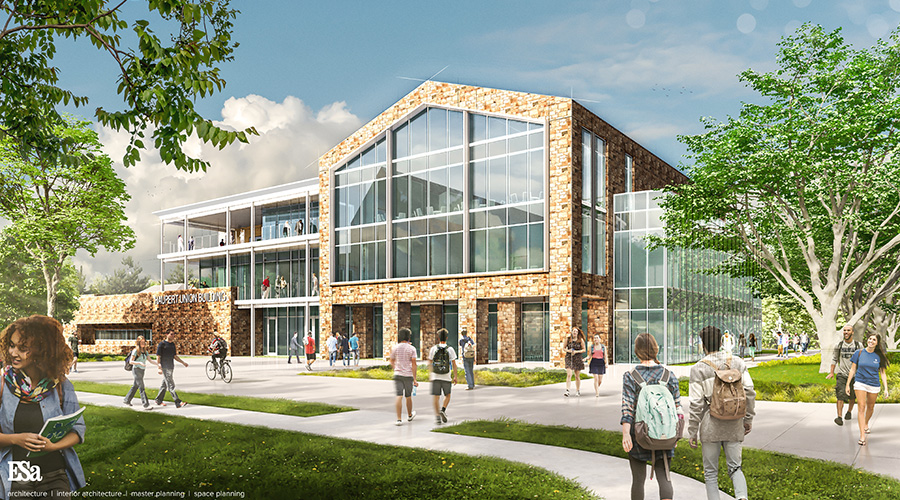The State of Maintenance
K-12 schools: $322 billion needed for updates
The United States is in serious need of more modern K-12 school facilities, according to the National Education Association (NEA). According to a new NEA report, Modernizing Our Schools: What Will it Cost?, it would cost $322 billion to update public K-12 schools — $268.2 billion for infrastructure and $53.7 billion for technology.
The NEA estimate is much higher than the most recent figure from the U.S. General Accounting Office (GAO), in its 1995 report America’s Schools: Not Designed or Equipped for 21st Century. The GAO estimated that the U.S. schools would need $112 billion for modernization. The NEA performed a comprehensive state-by-state study, while the GAO sampled schools.
Needs vary widely across the states. New York, for example, would need $50.7 billion to bring its schools up date, while Vermont would need $333 million. The concentration of urban school districts within a state is a reliable predictors of that state’s price tag for modernization. Building costs tend to be higher in urban areas, while school buildings are older and more numerous than in other parts of the country.
The estimated total is nearly 10 times the average amount states now spend on public school infrastructure. The NEA suggests that some states consider tax and budget reforms to more realistically meet the needs of school districts. In addition, the NEA calls upon the federal government to assist with school infrastructure costs, noting that a “federal partnership is vital to funding modernization.”
Top 5: Funding Needs for School Modernization
| State |
Infrastructure
|
Technology
|
TOTAL
|
| New York |
$47,640,000,000 |
$3,035,796,800 |
$50,675,796,800 |
| California |
$22,000,000,000 |
$10,901,183,414 |
$32,901,183,414 |
| Ohio |
$23,000,000,000 |
$1,977,840,000 |
$24,977,840,000 |
| New Jersey |
$20,709,650,065 |
$1,319,695,248 |
$22,029,345,313 |
| Texas |
$9,467,620,774 |
$4,186,434,432 |
$13,654,055,206 |
|
U.S. Courthouses: Struggling to Expand
The United States is undergoing the largest courthouse building program in 50 years. Why the expansion? Many federal courts are located in architecturally and historically significant buildings that are functionally obsolete in terms of space, technology requirements and security needs.
More than $10 billion in new court construction is under way, part of the five-year courthouse project plan approved by the Judicial Conference in 2002 and overseen by the General Services Administration (GSA), on the web.
According to the Administrative Office of the U.S. Courts (AOUSC), 200 of the 731 federal court facilities were experiencing serious space issues when the planning process wrapped up in 1998. Of those, 160 required a new building or courthouse annex.
Several factors have combined to force the building project. First and foremost, the power of the federal judiciary grew substantially during the last two decades, in part due to Congress expanding its criminal jurisdiction. As a result, court staff has grown about 90 percent. The AOUSC reports that there are 1,900 judges and 26,000 employees serving the 94 judicial districts and 13 courts.
Second, most federal courthouses were built during two major historical construction periods — one following the Civil War and the second in the 1930s with a wave of courthouse-post office facilities. Since then, new courts often have been constructed within multi-purpose federal office buildings, giving them little room for growth.
Often, significant growth within a district has been handled inefficiently, with new employees either squeezed into existing facilities or housed in off-site leased space. In worst-case scenarios, district court judges were split up into separate facilities, necessitating duplication of security, prisoner processing, file management and other services.
Related Topics:












